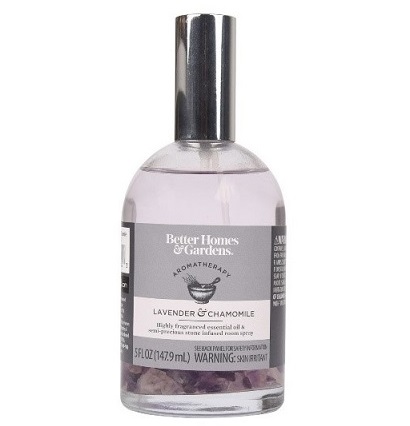Key points
- Melioidosis infections occur around the world.
- The disease is widespread in Southeast Asia and northern Australia.
- In the United States, the bacteria that causes melioidosis has been found in Mississippi, Puerto Rico, and the U.S. Virgin Islands.
- Illnesses in the U.S. have been tied to imported commercial products.

Places with increased risk
While melioidosis infections have taken place all over the world, it's mostly found in Southeast Asia and northern Australia.
The greatest numbers of melioidosis cases are reported in:
- Thailand
- Northern Australia
- Singapore
- Malaysia
Cases are also frequently reported in:
- Bangladesh
- Cambodia
- India and Sri Lanka
- Indonesia
- Hong Kong
- Laos
- Myanmar (Burma)
- Southern China
- Taiwan
- Vietnam
- Philippines
Outside of Asia and Australia, cases have been reported in:
- Parts of Africa and the Middle East
- Brazil
- British Virgin Islands
- Ecuador
- El Salvador
- Guadeloupe
- Guyana
- Martinique
- Mexico
- Panama
- Peru
- Puerto Rico, U.S. Virgin Islands, Gulf Coast of the United States
- The South Pacific (New Caledonia)
Melioidosis in the United States
In the United States, the bacteria that causes melioidosis has been identified in the soil in Mississippi, Puerto Rico, and the U.S. Virgin Islands.
Around a dozen cases are identified each year in the United States, mostly in travelers coming from places where the disease is widespread. Occasionally, patients with melioidosis in the United States have had no history of travel to areas where the disease is commonly found. In these cases, CDC often works with local health departments to try to discover how the person got melioidosis.
In 2022, an investigation by state partners and CDC discovered B. pseudomallei in the environment in the Gulf Coast region of Mississippi. This was the first time these bacteria were found in the continental United States. We're still learning more about how long B. pseudomallei has been in the environment and where else it may be found in the U.S.

In March through July 2021, CDC confirmed four linked cases, including two deaths, of melioidosis in patients from Georgia, Kansas, Minnesota, and Texas. These patients had no recent history of international travel to areas where they could have gotten sick with melioidosis.
Whole genome sequencing at CDC showed that the samples of B. pseudomallei that sickened the patients closely matched, suggesting there was a common source of infection. The strain of bacteria that sickened the patients also was similar to those found most often in South Asia. This led CDC to suspect that an imported product may have been involved in the patients' illnesses.
As part of the public health investigation into these illnesses, CDC tested blood samples from the patients, as well as soil, water, and consumer products from in and around their homes. A product found in one patient's home, Better Homes & Gardens Lavender & Chamomile Essential Oil Infused Aromatherapy Room Spray with Gemstones, was confirmed as the source of their infections.
More recently, CDC and state health officials in Georgia identified four cases of melioidosis that occurred from 1983 through 2024 in the same Georgia county. Initially, two unrelated patients at the same worksite became sick with melioidosis after exposure to mud, rain, flooding, and wind after Hurricane Helene impacted Georgia in September 2024. Both were hospitalized, treated, and eventually discharged.
During the investigation, CDC identified two additional patients in the same county who died from melioidosis in the 1980s. One worked at a military base that was close to the shared worksite of the 2024 patients, and one became ill following Hurricane Hugo in 1989. Investigators are unclear how these patients became infected with melioidosis.
Resources
- Traveler's Health Yellow Book: Melioidosis
- Walmart Recalls Better Homes and Gardens Essential Oil Infused Aromatherapy Room Spray with Gemstones Due to Rare and Dangerous Bacteria; Bacteria Identified in this Outbreak Linked to Two Deaths | CPSC.gov
- Related Melioidosis Cases with Unknown Exposure Source, Georgia, USA, 1983–2024 - Volume 31, Number 9—September 2025 - Emerging Infectious Diseases journal - CDC
